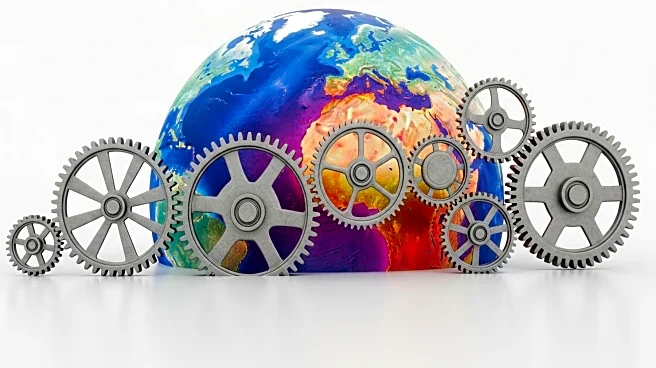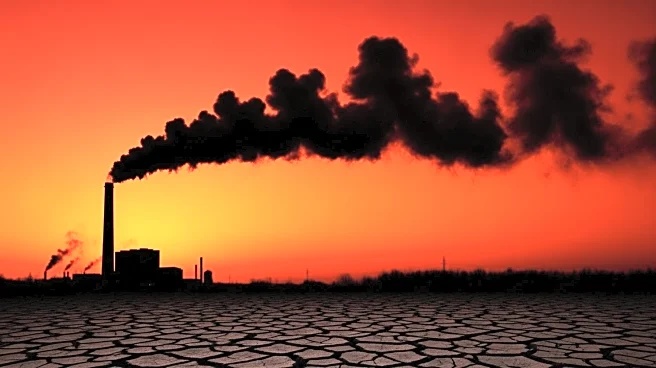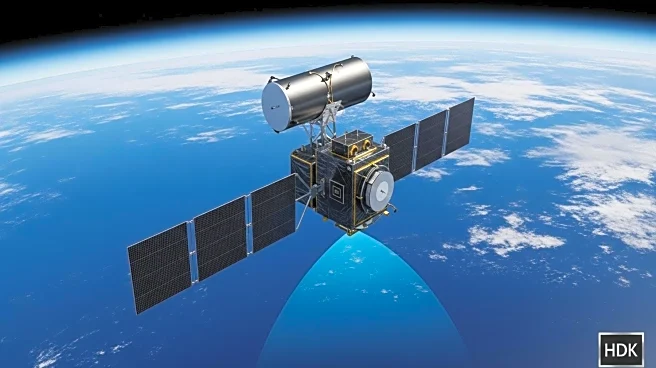What's Happening?
Recent research has revealed a significant increase in atmospheric hydrogen levels since the Industrial Revolution, with concentrations rising by 60 percent. This data, derived from ice cores extracted in Greenland, highlights the impact of fossil fuel burning on atmospheric composition. Although hydrogen is not a greenhouse gas, it indirectly contributes to global warming by interacting with other molecules. The study, led by John Patterson at the University of California, Irvine, provides a long-term record of hydrogen levels, offering insights into historical fluctuations and their potential implications for climate change.
Why It's Important?
The rise in atmospheric hydrogen levels underscores the complex interactions between various gases and climate change. Hydrogen's ability to prolong the warming effect of methane, a potent greenhouse gas, raises concerns about the broader impact of hydrogen emissions. As the world considers transitioning to hydrogen as a cleaner energy source, understanding its atmospheric effects is crucial to avoid exacerbating existing climate challenges. The findings may influence policy decisions regarding the adoption of hydrogen fuel and its role in mitigating climate change.
Beyond the Headlines
The study's implications extend to the debate over hydrogen as a sustainable energy source. While hydrogen offers potential benefits in reducing fossil fuel reliance, its atmospheric interactions necessitate careful consideration of its environmental impact. The research highlights the need for comprehensive biogeochemical models to predict future hydrogen levels and their effects on climate. This knowledge is vital for developing strategies that balance the benefits of hydrogen energy with its potential risks.











